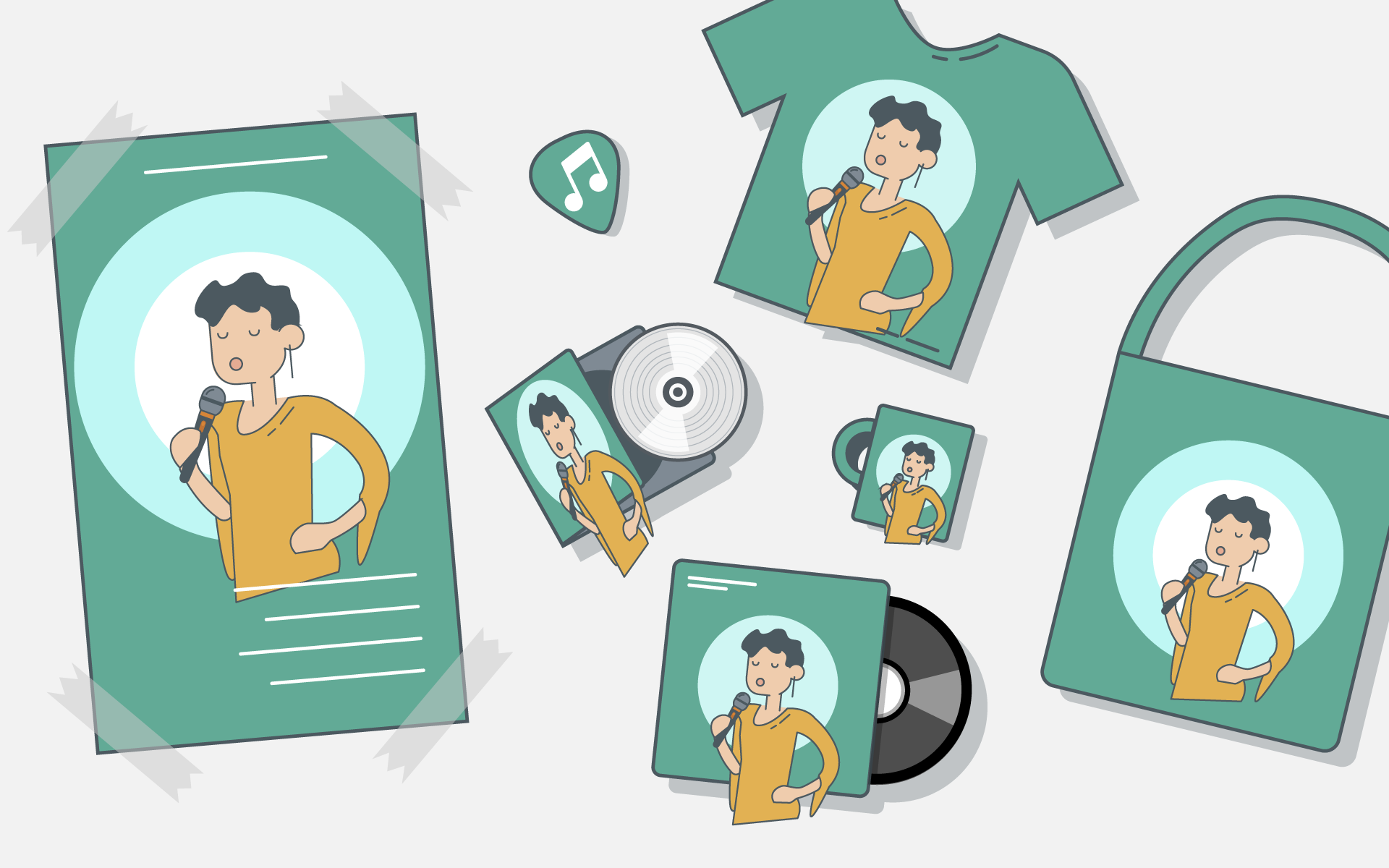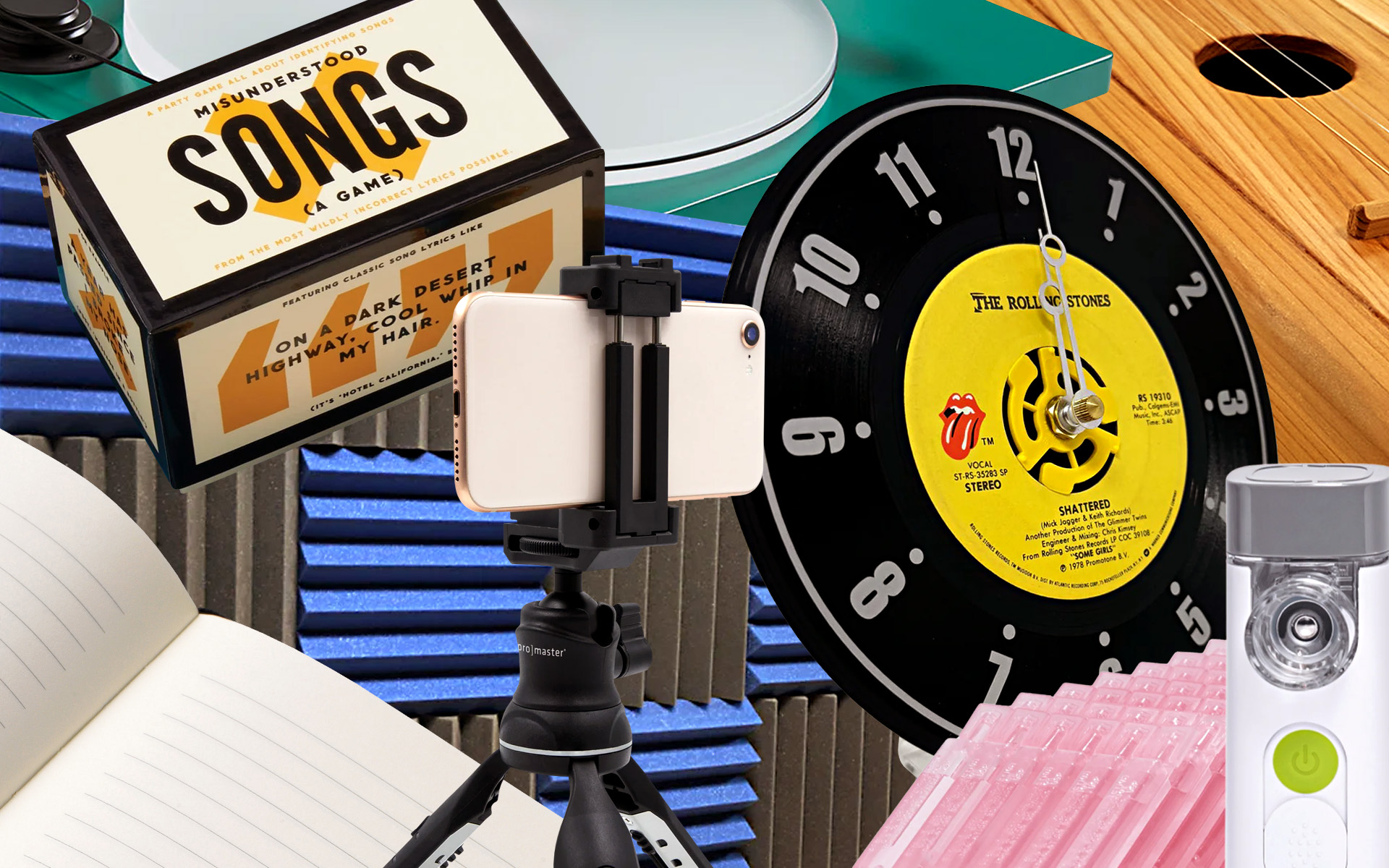I love a great story around a pedal. I recently received an Electro-Harmonix B9 Organ Machine by mail. I picked it up at the Berklee mailroom during my lunch break. Shortly afterward I was on my way to teach my Retro R&B/Funk/Fusion class. We do vocal tunes from the ’70s like Stevie Wonder’s “Too High” or the Crusaders’ “Street Life.” I didn’t have time to make it back to my office, so I decided to take the EHX B9 with me.
Well as it turns out, the keyboard player for my ensemble called in sick and so that day, the only polyphonic instrument we had in the ensemble was a rhythm guitarist with a Stratocaster. When we started rehearsing in the class, there was an obvious gap in the frequencies needed to support vocals with challenging harmonies on these tunes (Light Bulb!). I cracked open the box and offered it to my guitar student in the group. We fired it up and voila, we had guitar and organ sounds supporting the grooves! What a great way to test drive a cool pedal!
TAKE A GUITAR COURSE WITH THADDEUS HOGARTH
My guess is that most will find this pedal practical for similar situations. I do a lot of power trio gigs (bass, drums, and guitar). Often I can use additional color in the palette of frequencies to keep things interesting. Some moons back, I wrote a post about the EHX Superego. The Superego, with the right combinations of pedals in its loop, can give you some very convincing organ sounds. You also have the ability to sustain a pad while soloing over with some other effects exclusively on your guitar solo sound. What EHX has done with the B9 is offer you those cool, guitar-driven, organ sounds in a single pedal.
The EHX B9 gives you independent control knobs for the dry sound/organ sound as well as separate outputs for each. This allows you to either use two amps or process each signal in different ways before recombining at the amp input(s). There are nine selectable, authentic-sounding organ patches on the B9 and the “mod” knob controls modulation characteristics that are specific to each patch (vibrato, tremolo, and chorus). The pedal operates with a 9v (center-neg) included power supply.
How does it sound? Well, if given a blindfold test I would be hard-pressed to tell the difference between a keyboard organ and the EHX B9. Run this pedal through a Leslie (my next plan) and I bet the die-hard B-3′ers would be equally challenged! (Ok ok, I know guitarists play specific “guitaristic” voicings so it might be a little easier for you keys cats to tell.) But just in case, the EHX B9 even has a control knob that adds in varying degrees of the B-3 percussive “Click.” Ha! This pedal offers you some great sounding practical organ sounds in a package that is very, very easy to use.
Tracking is quite spectacular and sustain is also quite impressive. The bypass is buffered which is quite fine with me!
Electro-Harmonix has been around for quite some time. I still remember my first two EHX pedals, the Electric Mistress and the Big Muff Pi from back in the ’70s! I think it is a great thing when a company with a great longstanding tradition of good products continues to innovate and stay on the cutting edge of tech, providing working musicians with the practical tools they need to go out and make the music they make! AAAA+++
Here is a video from EHX demoing the pedal:
STUDY GUITAR ONLINE WITH BERKLEE






